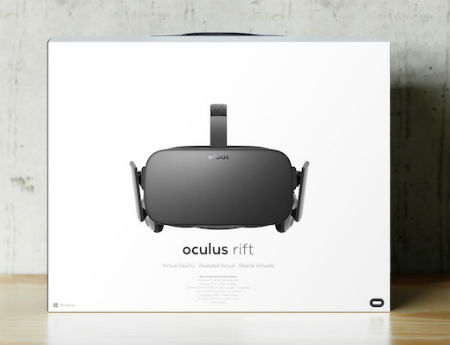VR Equipment Market Mixed: Study

In the early part of this this phase of the virtual reality era, most consumers with VR equipment paid for it, but a sizable portion of the market received VR equipment for free as a gift or as part of a smartphone bundle, a recent study from IBB Consulting found.
RELATED: Samsung Bundles Gear VR with New Smartphones
The study, based on a survey of 3,199 U.S. online consumers conducted last month, found that 56% paid for that equipment, compared to 44% on the free/bundled portion of the ledger.
RELATED Study: 31% of People Interested in VR Have Used It
On the paid side, just 6% forked out more than $1,000 for that equipment, compared to 30% who paid up to $99, and 20% who paid between $100 and $500.
RELATED: Oculus Drops Price of ‘Rift’ VR Headset
The study also found that nearly one-third (30%) of consumers interested in virtual reality already own VR equipment, an indication that the take-rate for headsets is increasing with “considerable room for growth,” noted IBB, which announced its latest round of VR research in tandem with the recent Mobile World Congress show in Barcelona, Spain.
Among other findings, 77% of consumers interested in the technology said home is their preferred environment for VR, compared to VR “zones” at areas such as museums and theme parks (24%), an airplane or train (15%), at work (12%), or a subway or bus (7%).
“Clearly, the VR usage environment matters for consumers,” Jefferson Wang, IBB senior partner, said in a statement. “As the world continues the march towards mobility, dedicated VR experience zones and airplanes may be considered safer, contained environments where VR can offer a differentiated immersive experience without the fear of having a bag stolen, missing the next stop or being looked at funny.”
Multichannel Newsletter
The smarter way to stay on top of the multichannel video marketplace. Sign up below.
IBB’s study also found that gaming (37%) is the type of VR content that is most interesting to consumers, followed by travel (22%), movies, TV and news (17%), education, theme parks and visiting virtually with friends and family (7% each), and user-generated content (5%).
